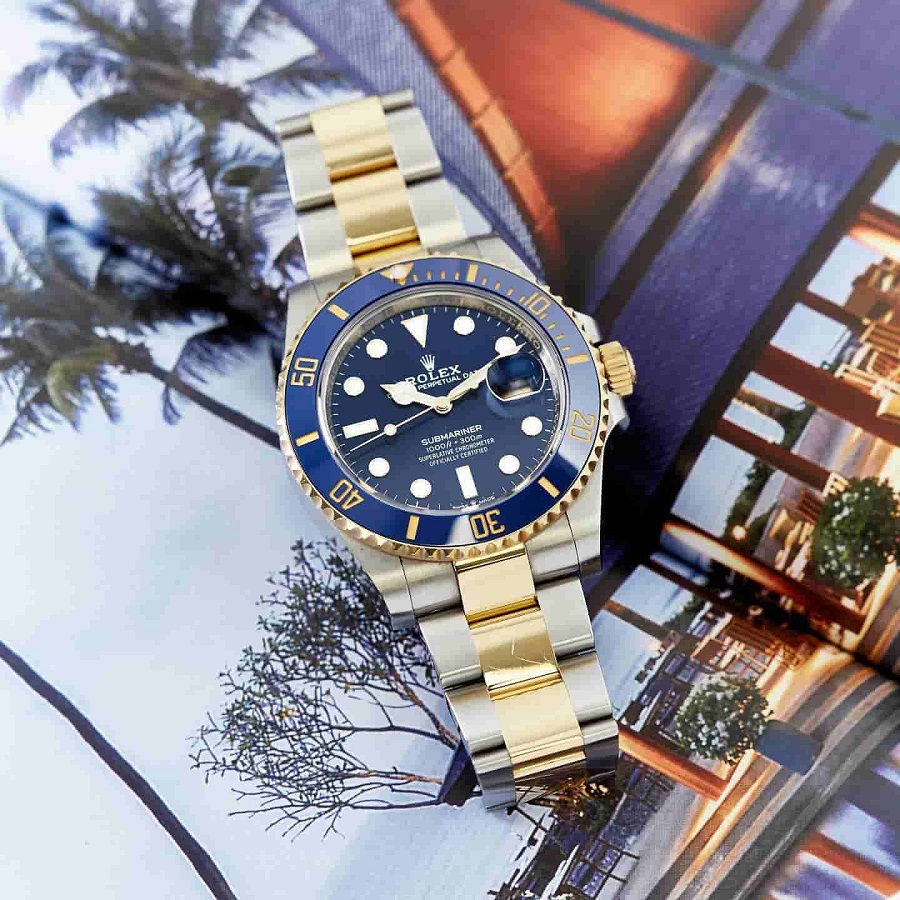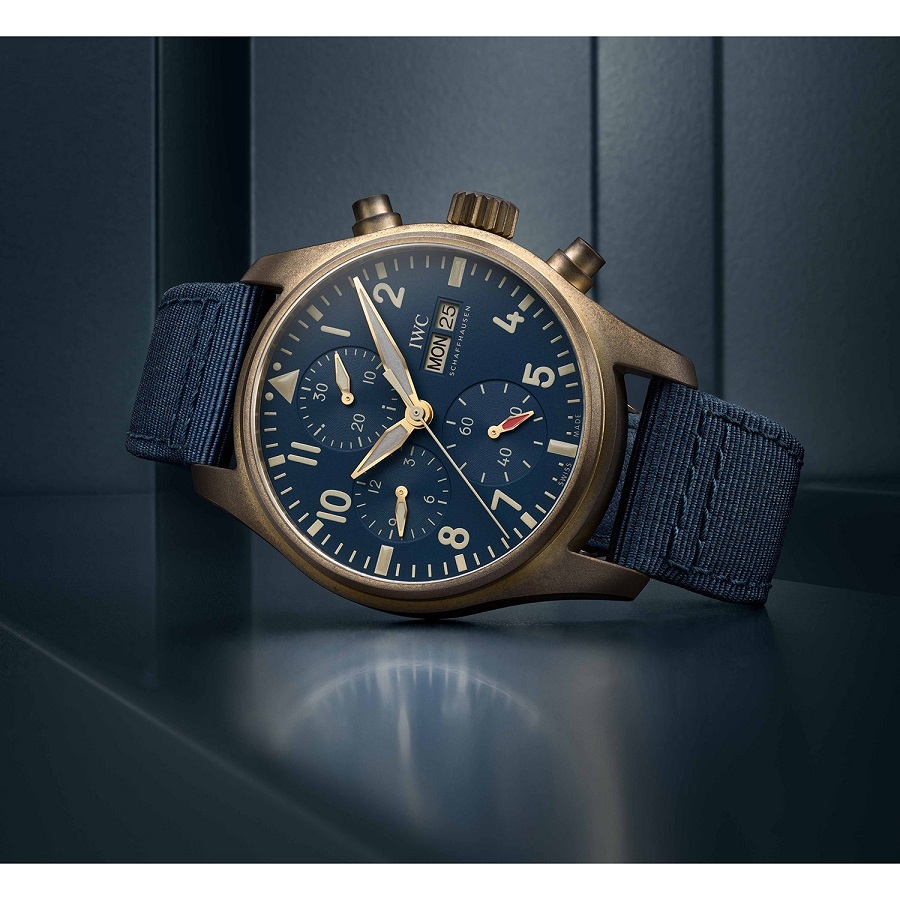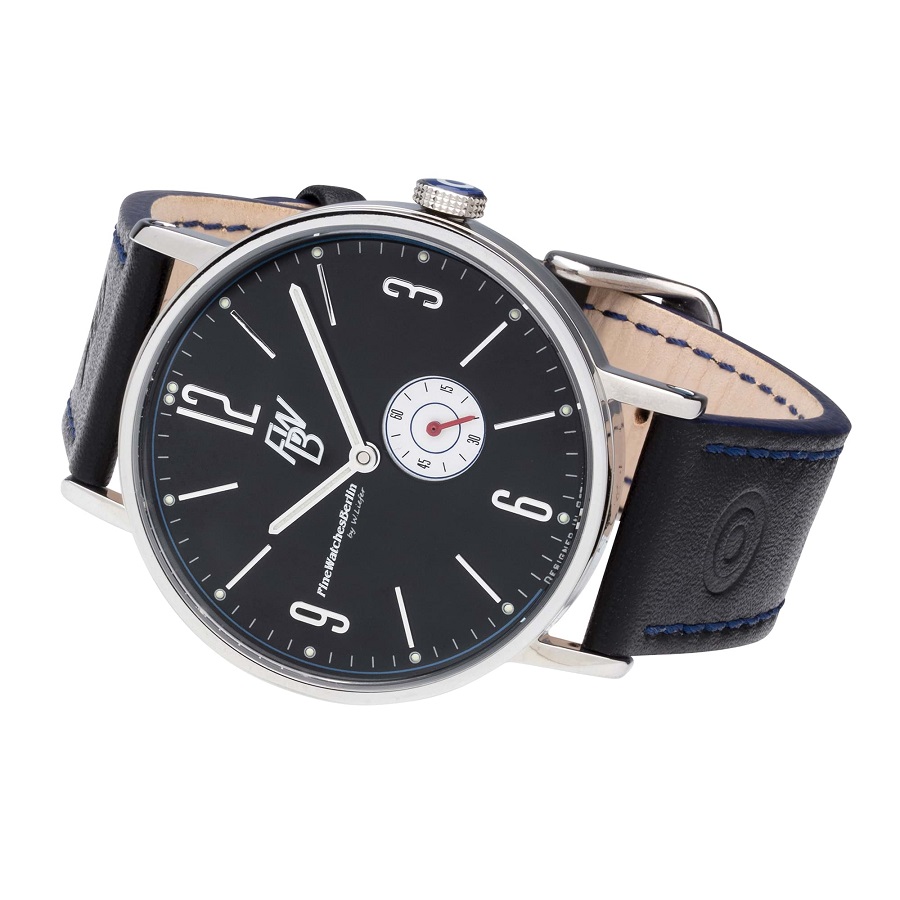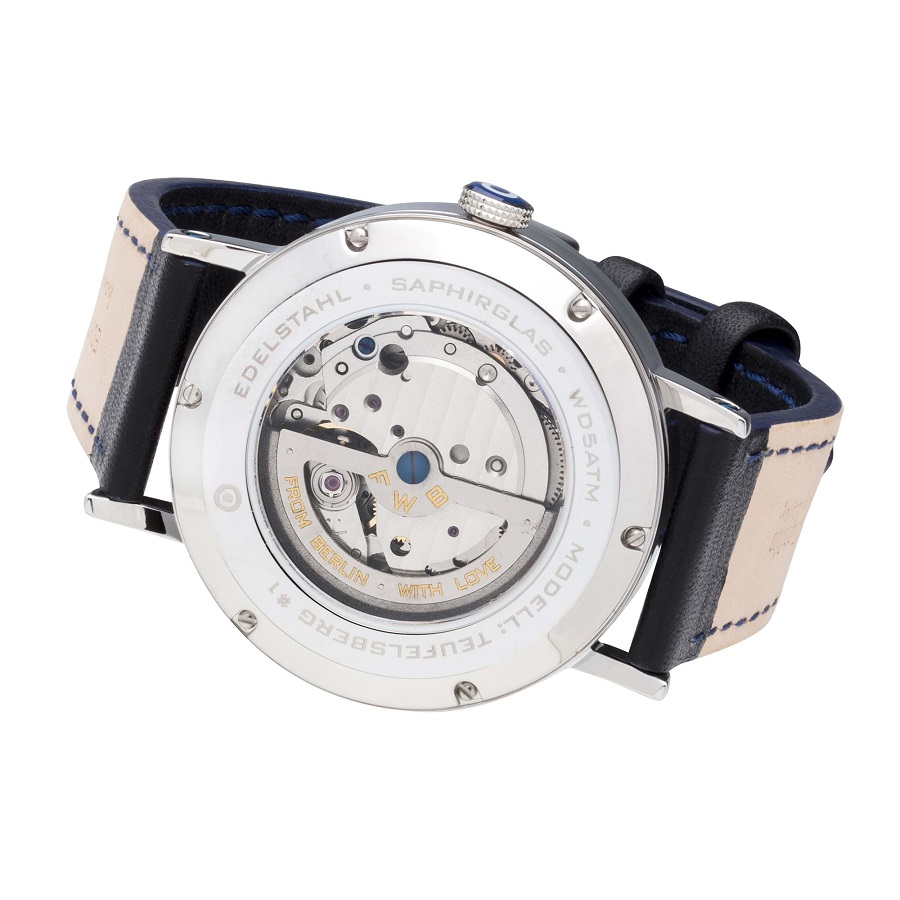Introduction
Horology, the art and science of measuring time, is a realm that encapsulates not just functionality but also craftsmanship, design, and human ingenuity. Fine watches, in particular, stand as testaments to this ancient yet perpetually evolving craft. They are more than mere time-telling devices; they are wearable masterpieces that embody history, innovation, and personal expression. This exploration delves into the intricate universe of fine watches, uncovering their mechanics, aesthetics, and cultural significance.
The Heartbeat of Time: Mechanical Movements
At the core of every fine watch lies its movement, the intricate mechanism that drives the hands around the dial. There are two primary types of movements: quartz and mechanical. While quartz watches offer precision through electronic oscillation, it is the mechanical movement—either manual winding or automatic—that captivates horology enthusiasts.
Manual winding watches require the wearer to manually turn the crown to wind the mainspring, which stores energy to power the watch. Automatic (or self-winding) watches, on the other hand, harness the natural motion of the wearer’s wrist to wind the mainspring, making them a marvel of engineering convenience.
Within mechanical movements, complications take center stage. These additional functions beyond basic timekeeping—such as chronographs (stopwatch), tourbillons (rotating cage to counter gravity’s effect on timekeeping accuracy), and perpetual calendars—demonstrate the pinnacle of horological expertise. Each complication represents a layer of complexity and an advancement in miniaturization, making these watches true works of art under the microscope.
Aesthetics: Where Form Meets Function
Fine watches are as much about aesthetics as they are about timekeeping. Dial designs range from classic simplicity with clean lines to elaborate masterpieces adorned with gemstones or intricate engravings. Materials play a crucial role, with gold, platinum, titanium, and even ceramic being used for cases and bracelets, each offering unique properties in terms of durability, weight, and visual appeal.
The artistry extends to the hands and indices, often meticulously crafted and finished by hand. Some watches boast grand feu enamel dials, where layers of enamel are fired at high temperatures to achieve a deep, lustrous finish resistant to aging. Others may feature guilloché patterns, created through a precise engraving technique that adds depth and shimmer to the dial.
The Craftsmanship Behind Fine Watches
Fine watchmaking is a blend of traditional craftsmanship and modern technology. Skilled artisans, known as watchmakers, employ techniques passed down through generations, working with tools that have changed little over centuries. Each component, from the tiniest screw to the complex gear train, is meticulously crafted, assembled, and adjusted for optimal performance.
The process of creating a fine watch can take months, if not years, with some manufacturers limiting production to maintain exclusivity and ensure quality control. It is not uncommon for high-end watches to be certified by independent bodies like the Contrôle Officiel Suisse des Chronomètres (COSC), guaranteeing their precision.
Collecting and Investing in Fine Watches
Beyond their functional and aesthetic appeal, fine watches have become a popular collectible and investment asset. Rare, limited-edition pieces or those with historical significance can appreciate in value over time. Auction houses regularly see record-breaking sales, testament to the enduring allure of these mechanical wonders.
Collectors often seek out watches associated with significant milestones in horological history, iconic designs, or those produced by renowned makers such as Patek Philippe, Audemars Piguet, Vacheron Constantin, and Rolex. Condition, provenance, and rarity all play crucial roles in determining a watch’s value.
Cultural Significance and Personal Expression
Wearing a fine watch is often seen as a statement of personal style, taste, and even status. It becomes an extension of one’s identity, reflecting values and aspirations. For many, owning a piece of horological history is akin to wearing a piece of art, connecting them to generations of artisans and innovators who have dedicated their lives to mastering time.
Moreover, fine watches often hold sentimental value, passed down as heirlooms that carry the stories and memories of their previous owners. They mark special occasions, commemorate achievements, and serve as reminders of cherished relationships.
 Understanding the Basics
Understanding the Basics
Mechanical vs. Quartz: At the heart of every watch lies either a mechanical or quartz movement. Mechanical watches are cherished for their craftsmanship, utilizing a complex system of gears and springs to measure time. Quartz watches, on the other hand, are powered by a battery and a quartz crystal, offering greater accuracy but often lacking the charm and artisanal appeal of mechanical watches.
Types of Movements: Mechanical movements can be further categorized into manual winding, where the wearer must wind the watch regularly, and automatic, which harnesses the wearer’s motion to wind itself.
The Art of Appreciation
Design and Aesthetics: Fine watches are often distinguished by their elegant designs, from classic simplicity to ornate complications. Consider factors such as case shape (round, square, tonneau), dial design, choice of materials (e.g., gold, stainless steel, titanium), and the use of precious stones or enameling.
Complications: These refer to any function beyond telling basic time, such as chronographs, perpetual calendars, moon phases, tourbillons, and minute repeaters.
Brands and Their Significance
Prestigious Brands: Names like Patek Philippe, Audemars Piguet, Vacheron Constantin, Rolex, Jaeger-LeCoultre, and A. Lange & Söhne are synonymous with excellence in watchmaking. Each brand has its own heritage, style, and specialties that contribute to their allure.
Independent Watchmakers: Smaller, independent brands like F.P. Journe, Greubel Forsey, and Philippe Dufour offer unique, innovative, and often limited-edition pieces, attracting collectors who value rarity and individuality.
Factors Influencing Value
Rarity: Limited production numbers or special editions can significantly increase a watch’s value.
Condition: The state of preservation, including the case, dial, and movement, is crucial. Originality, including unpolished cases and unrestored dials, is often preferred.
Provenance: A watch’s history, ownership, and documentation can enhance its value, especially if it belonged to a famous individual or has an interesting backstory.
Acquiring Your Collection
Research: Thorough research is paramount. Attend watch fairs, read specialist publications, and engage in online forums to deepen your knowledge.
Authorized Dealers vs. Secondary Market: New watches are typically purchased through authorized dealers, while vintage or rare pieces are often found through reputable auction houses, trusted dealers, or private sales.
Authentication and Verification: Always verify the authenticity of a watch, especially when purchasing from non-official channels. Services like the Extracts from the Archives offered by some brands can authenticate a watch’s background.
Care and Maintenance
Regular Servicing: Mechanical watches should be serviced every 3-5 years by a certified watchmaker to ensure optimal performance and longevity.
Storage: Keep watches in a dry, temperature-controlled environment. Ideally in a watch winder for automatics or a soft pouch/case for others.
Cleaning: Gently clean the case and bracelet with a soft cloth and avoid exposing your watch to harsh chemicals or extreme conditions.
 Enjoying Your Collection
Enjoying Your Collection
Wear Your Watches: Watches are meant to be enjoyed, not just admired from afar. Rotate your collection to appreciate each piece fully.
Engage with the Community: Join collector clubs, attend watch events, and share your passion with fellow enthusiasts. The camaraderie adds another dimension to the hobby.
Legacy Planning: Consider how you wish to pass down your collection.
In conclusion
The world of fine watches is a captivating blend of artistry, engineering, and tradition. More than mere instruments to tell time, they represent humanity’s relentless pursuit of perfection. Our fascination with the concept of time, and the timeless beauty of craftsmanship. As technology advances and tastes evolve, the art of horology continues to thrive. Ensuring that these mechanical marvels remain relevant and cherished for generations to come.
